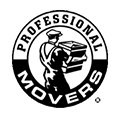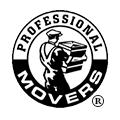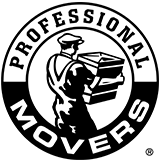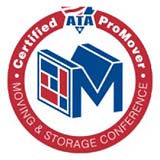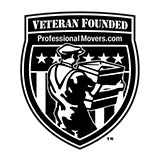Sorry, no content matched your criteria.
-
Residential & Household Moving
Professional Movers.com is a Michigan-based moving company that specializes in residential moves of all sizes. With over 40 years of experience, we have a reputation for providing reliable, affordable, and stress-free household moving services. Our goal is to provide our customers with a positive moving experience that they would tell their friends and family about.
-
Office Moving
At Professional Movers.com, we’re committed to providing our customers with the best possible office moving experience. We understand that your time is valuable, so we’ll work efficiently and minimize downtime. We’ll also take care of all of the details, so you can focus on running your business. We offer pre-move planning, packing and unpacking, furniture disassembly and reassembly, loading, unloading, and storage of your office furniture.
-
Packing Services
Our professional packers will arrive at your home on time and ready to pack. They will carefully pack all of your belongings, including fragile items, electronics, and clothing. We use high-quality packing materials and efficient packing methods to ensure that your belongings are safe and secure. We also offer our reusable plastic moving boxes called Rental Crates.
-
Storages Services
Professional Movers.com offers secure and affordable storage solutions for all of your needs. Our storage facilities are clean, well-maintained, and monitored 24/7. We offer a variety of storage options including both short and long-term storage. We offer flexible lease terms and can accommodate your goods if you are downsizing, remodeling, or moving your home or office. -
Delivery Services
Our delivery teams are experienced and professional, and they have the necessary equipment and vehicles to deliver your items safely and efficiently. We have years of experience delivering various goods across a range of industries including industrial, environmental, medical, hospitality, and many more.
-
Locations
Professional Movers.com is a Michigan-based moving company with three convenient locations in Walled Lake, Detroit, and Rochester Michigan.
-
About Us
Professional Movers.com is a Michigan-based moving company with over 30 years of experience. We offer a comprehensive suite of residential and commercial moving services, including packing, unpacking, furniture disassembly and reassembly, loading and unloading, transportation, and storage. We are committed to providing our customers with a stress-free and seamless moving experience, regardless of the size or distance of their move.
Footer
Locations
- Walled Lake: 1270 N. Pontiac Trail, Walled Lake, MI 48390
- Rochester: 419 Golf View Lane, Suite 133, Rochester, MI 48309
- Detroit: 1001 Woodward Ave. Suite 500, Detroit, MI 48226
- Walled Lake: 248-926-9999
- Rochester: 586-371-7777
- Detroit: 313-964-4444
